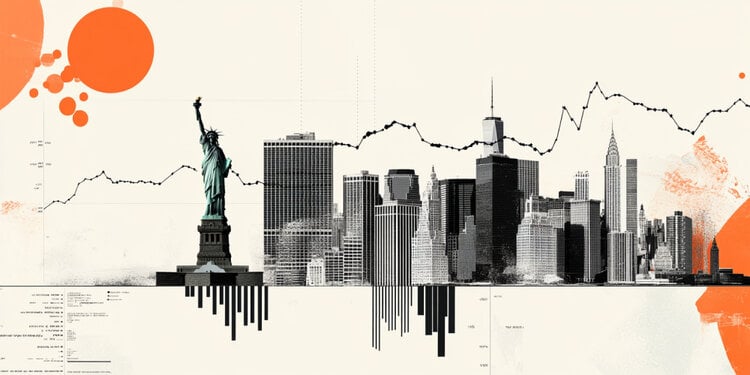This week, America’s leading bank for tech startups quickly disbanded, leaving its clients and investors in limbo.
Silicon Valley Bank (SVB), facing a sudden bank run and a capital crisis, collapsed on Friday morning (10) and was acquired by federal regulators.
It was the biggest failure of a US bank since Washington Mutual in 2008.
What is SVB?
Founded in 1983, SVB specializes in banking for tech startups. It has provided funding for nearly half of US venture capital-backed technology and healthcare companies.
Though relatively unknown outside of Silicon Valley, SVB was among the top 20 largest commercial banks in the United States, with $209 billion in total assets at the end of last year, according to the Federal Insurance Corporation. of Deposits of the United States (FDIC).
Why did it go bankrupt?
In short, SVB encountered a classic run on the bank.
The longer version is a little more complicated. Various forces collided to bring down the banker.
First, there was the Federal Reserve, which started raising interest rates a year ago to tame inflation.
The Fed acted aggressively and higher borrowing costs undermined the momentum in tech stocks that benefited the SVB.
Higher interest rates also eroded the value of the long-term bonds that SVB and other banks gobbled up during the era of ultra-low, near-zero interest rates.
SVB’s $21 billion bond portfolio was yielding an average of 1.79% – the current 10-year Treasury yield is around 3.9%.
At the same time, venture capital began to dry up, forcing startups to withdraw funds held by the SVB.
So the bank was sitting on a mountain of unrealized losses on securities as the pace of customer withdrawals picked up.
Panic takes over…
On Wednesday, SVB announced that it had sold several bonds at a loss and that it would also sell $2.25 billion (about R$10 billion) in new shares to bolster its balance sheet.
This triggered panic among major venture capital firms, who reportedly advised companies to withdraw their money from the bank.
The bank’s shares began to plummet on Thursday morning, and by the afternoon, they dragged the shares of other banks with them, as investors began to fear a repeat of the 2007-2008 financial crisis.
On Friday morning, trading in SVB’s shares was halted and it abandoned efforts to quickly raise capital or find a buyer.
California regulators intervened, closing the bank and placing it in liquidation under the FDIC.
Contagion fears subside
Despite the initial panic on Wall Street, analysts said the SVB’s collapse is unlikely to trigger the kind of domino effect that gripped the banking sector during the financial crisis.
“The system is as well capitalized and liquid as it has ever been,” said Moody’s Chief Economist Mark Zandi. “The banks that are now in trouble are too small to be a significant threat to the broader system.”
By Monday morning, all insured depositors will have full access to their insured deposits, per the FDIC. The agency will pay uninsured depositors an “advance dividend next week”.
What comes next?
So while wider contagion is unlikely, smaller banks that are disproportionately tied to cashless sectors like tech and cryptocurrency could struggle, according to Ed Moya, senior market analyst at Oanda.
“Everybody on Wall Street knew the Fed’s rate hike campaign would eventually break something, and now it’s bringing down small banks,” Moya said on Friday.
The FDIC typically sells a failed bank’s assets to other banks, using the proceeds to repay depositors whose funds are uninsured.
A buyer could still emerge for the SVB, though it’s far from guaranteed.
Source: CNN Brasil
I am an experienced journalist, writer, and editor with a passion for finance and business news. I have been working in the journalism field for over 6 years, covering a variety of topics from finance to technology. As an author at World Stock Market, I specialize in finance business-related topics.







